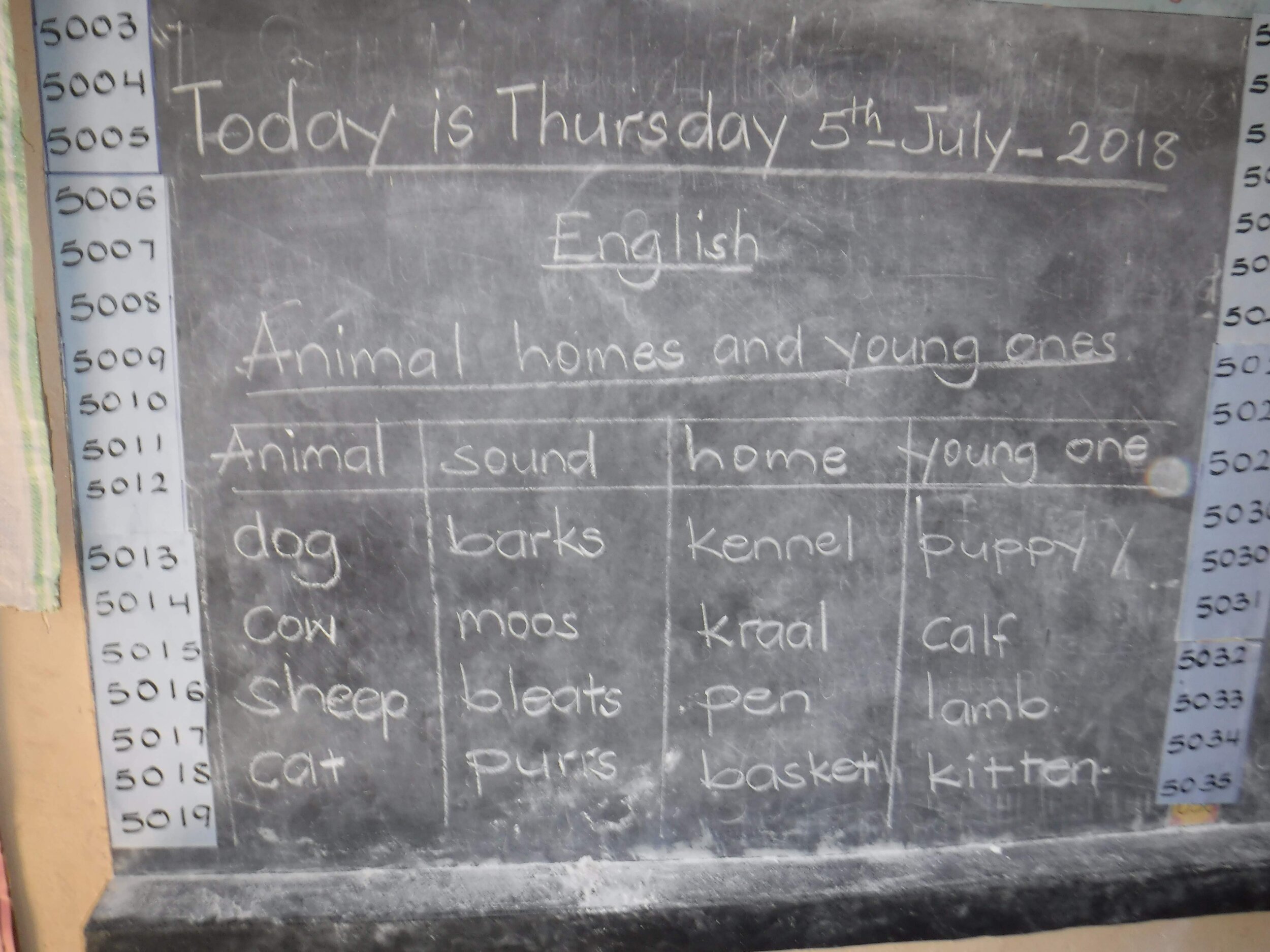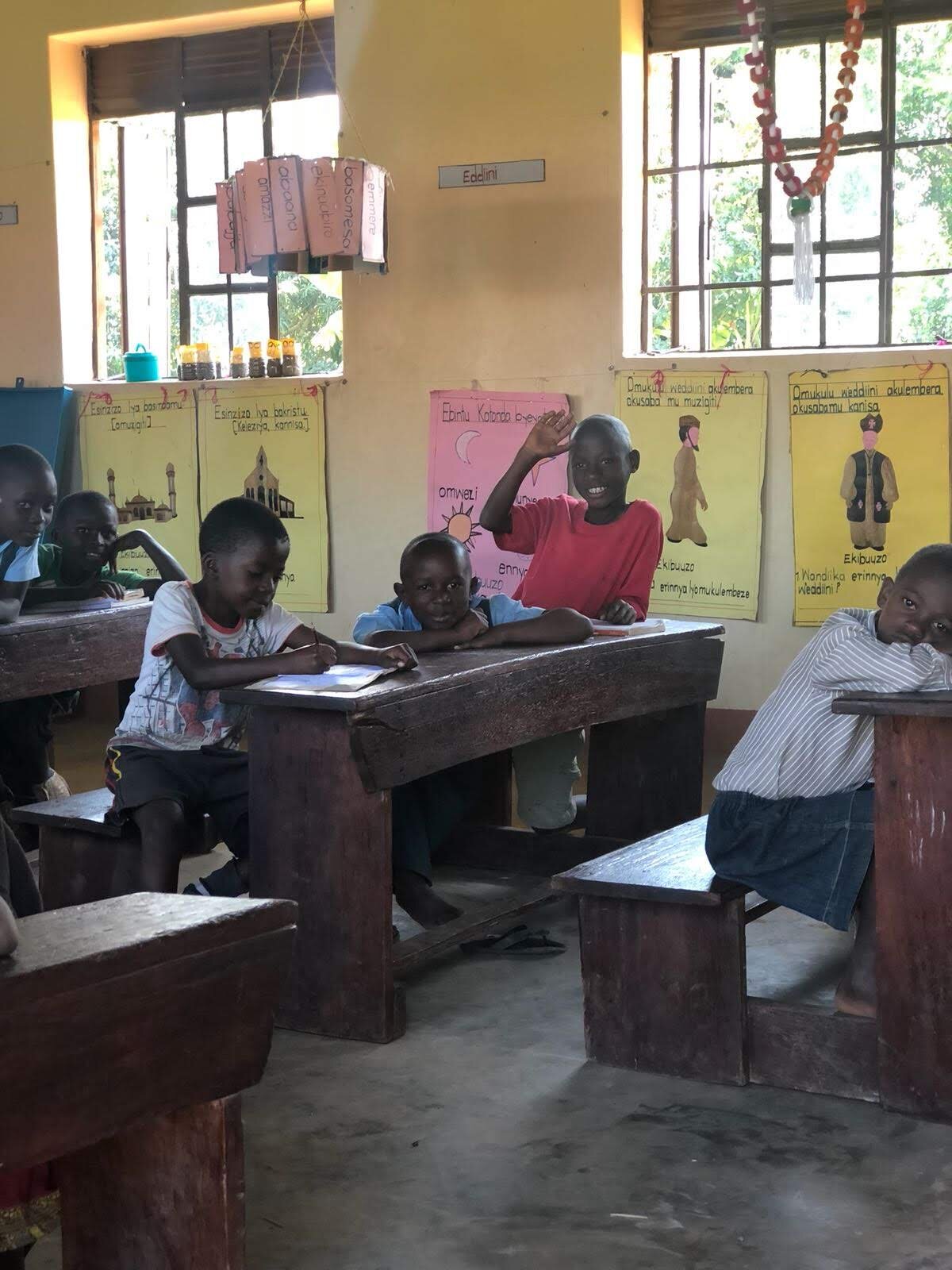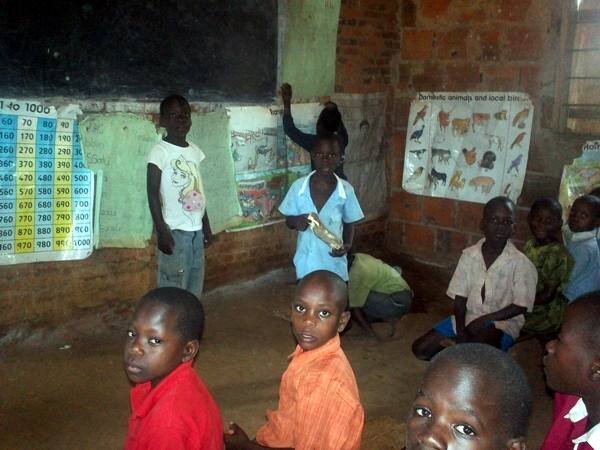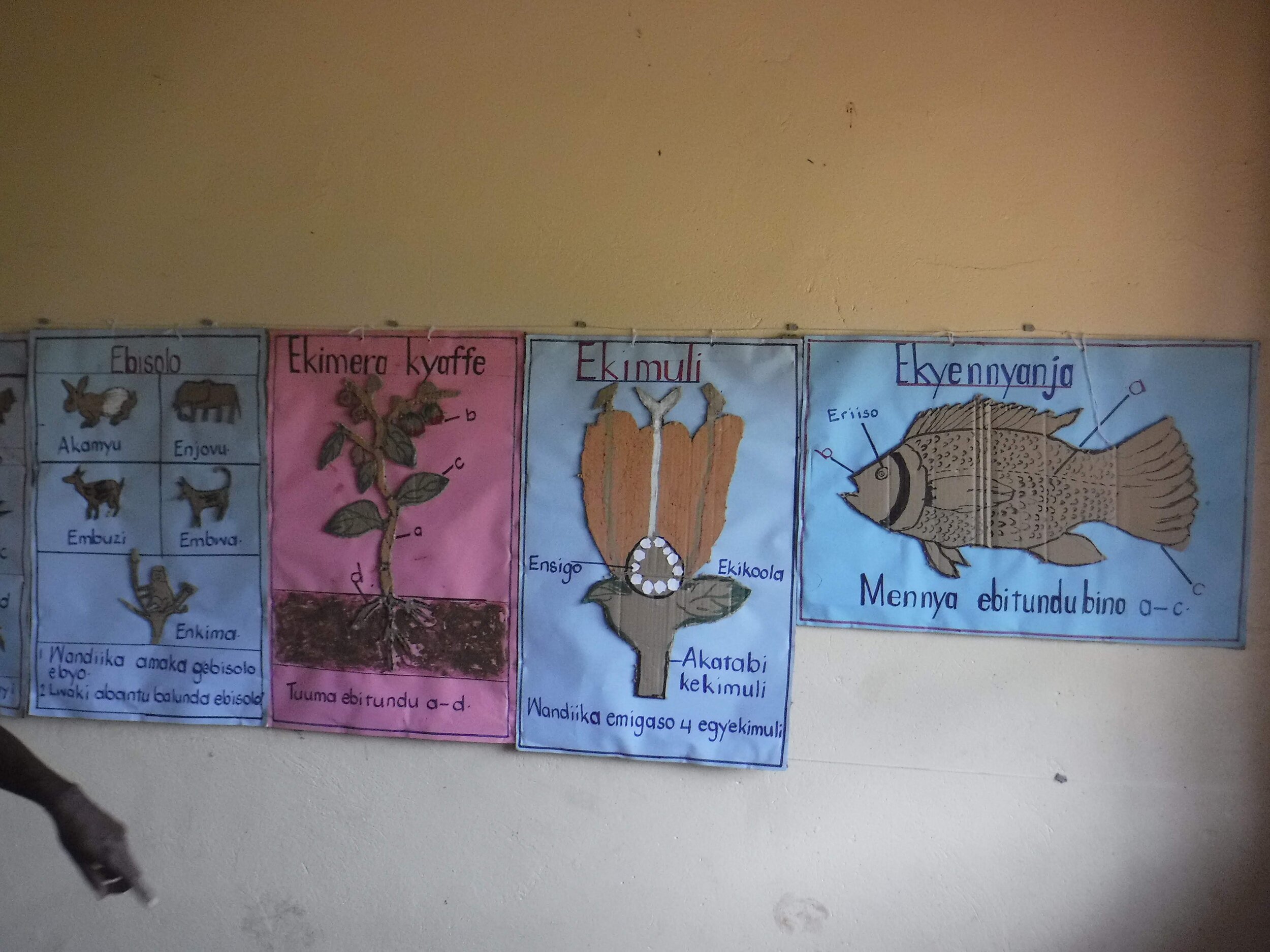Education in Uganda
The Ugandan education system follows a fairly similar pattern to that in Britain. The school system is structured in a hierarchical manner in a 7-4-2-3 system: seven years in primary school, four years in secondary school (similar to high school), two additional years in secondary school, and a minimum of three years at university level. At the end of each stage there is a national examination.
Primary 7: All students must take national exams at the end of primary which determine the high school students will attend.Senior 4: Upon completing
Senior 4 there is a secondary school graduation, similar to high school graduation.
Senior 6: An additional two years of secondary school is generally required to qualify for a university.
Children in primary schools take four main subjects: English, Math, Science and Social Studies. They may also take courses in Geography, History and Religious Studies. Children in secondary schools take a wide variety of subjects, but the key subjects are English, Math and Science (Biology, Chemistry and Physics).
Education in Uganda is very competitive as students compete for better schools at each level. Secondary schools all over the country pick the best and the brightest students graduating from primary schools. Likewise, colleges also pick the best and brightest students graduating from secondary schools in order to improve their grade average and national standing. Testing is relentless for students; they have to take exams at the end of every term as well as ongoing tests throughout the term. Grades and class ranking are strictly based on student performance. If a student is successful, he or she is promoted to the next class. However, if a student’s performance is poor he or she is not promoted.
Students in rural areas often perform poorly due to lack of resources, and many are held back in classes. Of those who move on very few are capable of competing for placement in better schools. Due to the competitive nature of education in Ugandan schools, most students prefer to go to boarding schools instead of day schools. Traditional day schools often make their sixth and seventh graders stay after hours to approximate the education available in boarding schools. In boarding schools, children are provided with a much better education, as students get to fully concentrate on their studies and receive extra classes in the evenings.
It is hard to be a teacher in Uganda, where teachers are faced with such large class sizes and poor resources that it is incredibly difficult for them to give one-to-one attention to students who need it most. When the day school pupils go home after classes, the teachers are at last able to work on a more individualized basis with the boarders. Ugandan parents believe that boarding schools provide the best possible education for their children.
Challenges
In December 1996 President Yoweri Museveni launched a policy of universal primary education to provide free primary school education to all children of Uganda. In 2005, the government of Uganda implemented universal secondary education throughout the country, becoming the first African country to provide free secondary education for all students.
While the social and economic rationale for expanding learning opportunities beyond primary education is clear, the challenges are daunting. Some of the challenges facing Ugandan schools are:
Crowded class rooms. The massive increase in student numbers following universal education immediately created a problem of classroom space. Classrooms are always too congested and in rural areas classes are often held outside because of overcrowding.
Lack of teachers. There are not enough teachers for the increased number of students enrolled as a result of free education, especially in rural areas. The ratio of teachers to pupils is 1:90.
Inadequate learning materials. Students lack textbooks, paper, pens and pencils, visual aids, etc.
Clean water: Rural schools lack clean water.





